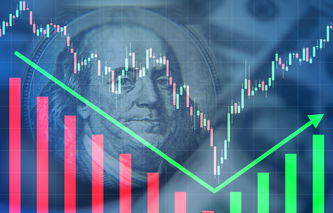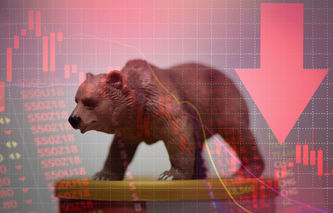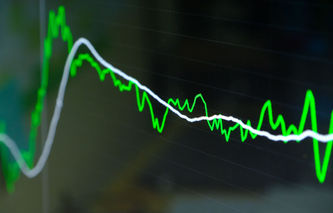Definition
The term market sentiment is used to describe the prevailing attitude of investors towards a financial market or individual security. Market sentiment develops over time, and is based on a large body of information including both fundamental and technical factors.
Explanation
Also known as investor sentiment, market sentiment is a common mindset towards a financial market or individual security that drives its value in a given direction. The most common examples of this attitude include a bullish sentiment, which drives prices upward, and a bearish sentiment, which drives prices down.
Generally, market sentiment develops over time as participants absorb all of the available performance information. While there are a number of ways to measure market sentiment, the most common metric is the number of advancing versus declining stocks.
Contrarian investors will take positions that oppose the general market sentiment. For example, if the market is experiencing a sell off, contrarians would begin buying securities.
Related Terms





